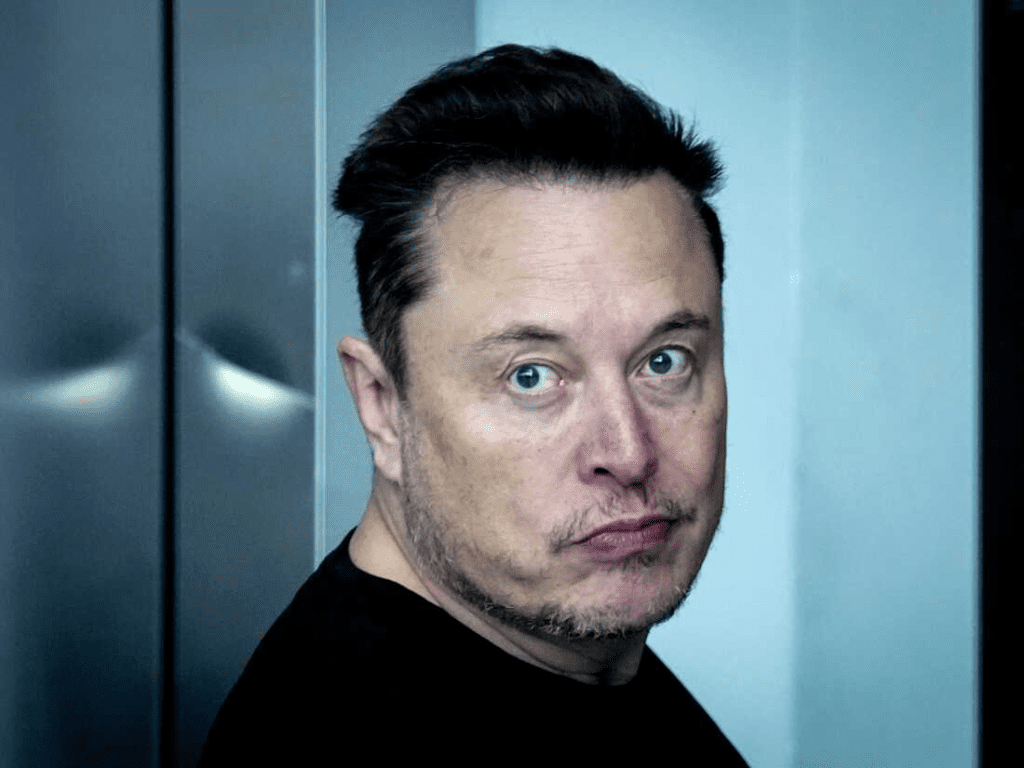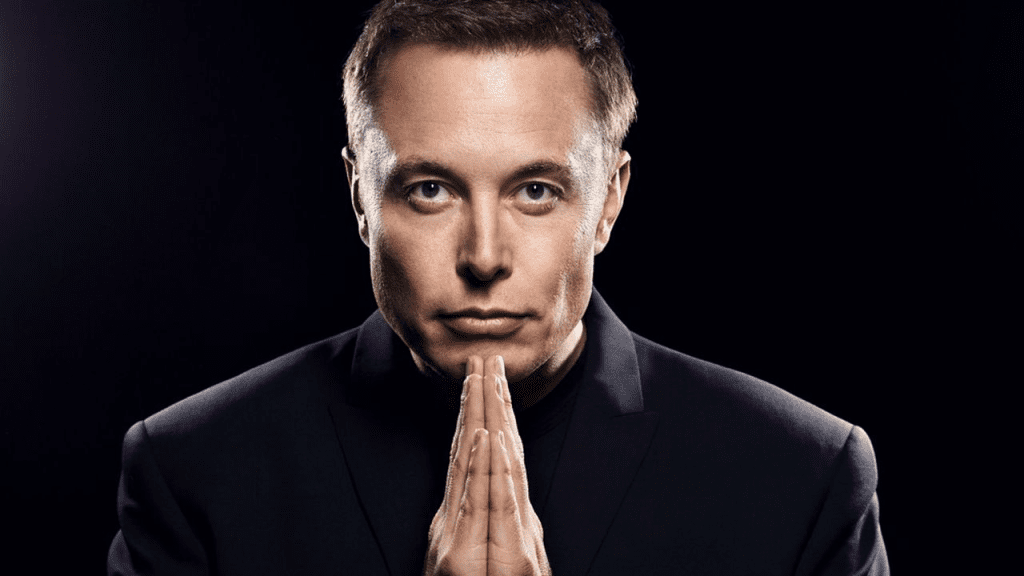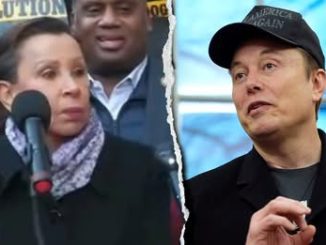In an era where technological advancements are increasingly shaping the way we live, Elon Musk, the visionary CEO of Tesla and SpaceX, has once again set the stage for a major disruption. This time, it’s in the world of public transportation.
Musk’s latest endeavor—an ultra-cheap, self-driving bus—has the potential to reshape how we commute, dramatically reduce transportation costs, and even change the entire landscape of urban mobility. At an estimated cost of just $1,000,000,000.00, this new innovation promises to be a game-changer.
Over the past decade, autonomous vehicles have evolved from a distant concept to a tangible reality. Companies like Tesla, Waymo, and others have been actively developing self-driving technology, but the focus has primarily been on private cars.
Musk, however, has always had a broader vision. With his track record of disrupting industries—from electric vehicles to space exploration—his latest project is no surprise to anyone familiar with his ambitious approach.
The self-driving bus is Musk’s answer to the many challenges faced by public transportation systems around the world: overcrowding, high operational costs, and the inefficiency of traditional methods. While self-driving cars have been hailed as the future of personal mobility, Musk’s vision is much more forward-thinking.
He recognizes the need for a more efficient and sustainable mode of mass transit—something that will be affordable, safe, and, most importantly, accessible.
Musk’s self-driving bus is being designed with the goal of reducing public transit costs significantly. At an initial price tag of $1,000,000,000.00, it may sound like a hefty investment, but Musk’s business model aims to make the buses affordable to municipalities worldwide.
The key to making this a reality lies in Musk’s ability to scale production and reduce operating costs over time.
The self-driving buses will use a combination of cutting-edge artificial intelligence (AI), machine learning, and sensor technology to navigate urban streets without the need for a human driver. This not only reduces labor costs but also eliminates the risk of human error, which can often be a factor in accidents and delays.
As a result, the buses will run more efficiently and safely, providing a reliable alternative to traditional modes of public transport.

One of the primary benefits of Musk’s self-driving buses is their ability to operate more efficiently than current public transportation systems. Traditional buses and trains are often constrained by fixed routes, timetables, and the need for extensive infrastructure.
In contrast, Musk’s buses will operate with a level of flexibility that could lead to more responsive service, particularly in areas with fluctuating demand.
By integrating AI and real-time data, the buses will be able to optimize routes based on passenger demand and traffic conditions, minimizing delays and ensuring that buses are running at capacity when needed. This dynamic routing system would make it easier to serve areas with lower population densities or those with highly variable demand, something that traditional systems often struggle to accommodate.
Moreover, these self-driving buses are expected to be much more eco-friendly than their human-driven counterparts. Thanks to Tesla’s expertise in electric vehicles, the buses will run on clean energy, helping reduce the carbon footprint of urban transportation.
With the global push toward sustainability and the fight against climate change, this development is a major step in the right direction.
Another major issue that cities around the world face is traffic congestion. With the growing population of urban areas, the demand for cars and public transportation has reached a breaking point. Streets are overcrowded, and commutes have become longer and more frustrating.
Musk’s self-driving buses are poised to tackle this problem head-on. By creating a more efficient public transportation system that people are willing to use, Musk hopes to reduce the number of private vehicles on the road.
As more people choose the self-driving buses for their daily commute, cities could experience less traffic congestion, reduced air pollution, and an overall improvement in quality of life.
Additionally, these buses will be able to operate at a higher frequency than traditional buses, which often have set schedules and limited service during off-peak hours. The AI-powered routing system will allow the buses to adjust in real-time, providing a more responsive service for commuters and further alleviating congestion.

Perhaps one of the most exciting aspects of Musk’s self-driving bus is its potential to make public transit more affordable for everyone. In many cities, public transportation costs have risen significantly over the years, placing a strain on families and low-income individuals who rely on these systems for their daily commutes.
By drastically cutting the costs of operation through automation, Musk’s buses will enable municipalities to offer lower fares for passengers, while still maintaining financial sustainability.
The savings generated from reduced labor costs and more efficient operations can be passed on to commuters, making public transportation more accessible and attractive to a broader range of people.
Furthermore, Musk’s self-driving buses could bring about a new era of “mobility as a service,” where commuters can use apps to book rides, check bus locations, and even customize their routes. This level of convenience, combined with affordability, could make public transit the go-to option for many people, especially those who currently rely on private vehicles.
While the potential benefits of Musk’s self-driving buses are clear, there are several hurdles to overcome before this vision becomes a reality. One of the biggest challenges will be gaining regulatory approval.
The deployment of self-driving vehicles on a large scale requires extensive testing and regulatory frameworks to ensure that these vehicles are safe and compliant with local laws.
Musk’s history with regulators has been tumultuous at times, particularly with Tesla’s self-driving cars. However, he has made significant progress in gaining acceptance for autonomous technology, and his experience will undoubtedly help pave the way for self-driving buses.
Another challenge is the public’s trust in autonomous technology. While self-driving cars have made great strides, many people are still skeptical about the safety and reliability of autonomous vehicles.
Musk will need to address these concerns head-on and demonstrate that the buses are safe for everyday use. This may involve a combination of rigorous testing, public education campaigns, and real-world demonstrations.
Additionally, the transition to a fully autonomous public transportation system will require significant changes to infrastructure. Roads, traffic signals, and city layouts may need to be upgraded or adjusted to accommodate the new buses.
While this will be an expensive undertaking, it’s something that Musk has shown a willingness to invest in, particularly given his broader vision for revolutionizing transportation.

Elon Musk’s self-driving bus is more than just an innovative piece of technology—it’s a vision for the future of transportation. By addressing some of the most pressing challenges facing urban mobility today, this new system has the potential to change the way we think about and use public transit.
With its combination of affordability, flexibility, and sustainability, Musk’s ultra-cheap self-driving bus could become the transportation model of the future. As cities continue to grow, and as the demand for more efficient, eco-friendly, and cost-effective public transit solutions increases, Musk’s self-driving bus may just be the solution we’ve been waiting for.
The $1,000,000,000.00 price tag may seem like a significant investment, but the long-term benefits for cities, commuters, and the planet could be immeasurable. If Musk’s vision becomes a reality, we could soon see a world where self-driving buses are a common sight in our cities—transporting people to work, school, and beyond, with speed, efficiency, and sustainability at the heart of it all.
In the coming years, we may look back and recognize that this was the moment when public transportation, as we know it, was forever changed. The future is here, and it’s electric, autonomous, and ready to transform how we travel.


